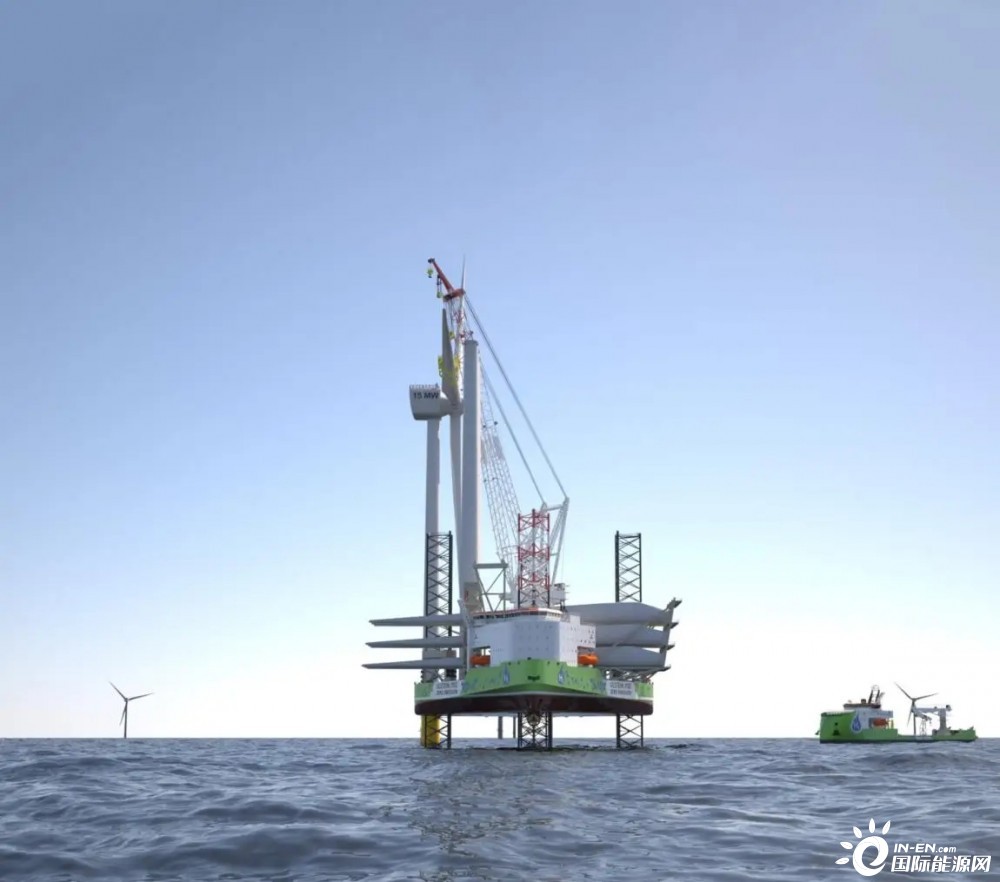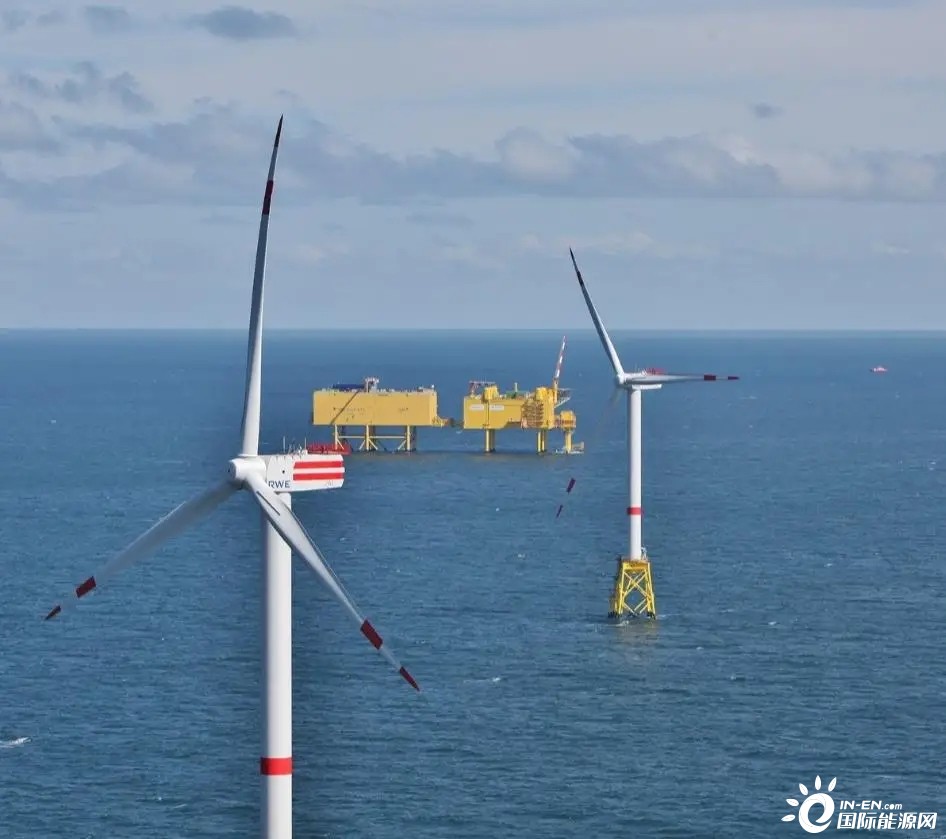

France-based green hydrogen producer Lhyfe and Spanish company Capital Energy have joined forces to develop offshore renewable hydrogen projects in Spain and Portugal. The two companies will work to develop hydrogen production sites at some of the offshore wind farm sites that Capital Energy is currently developing.
Capital Energy has 7.5GW of development pipelines in both countries. Lhyfe and Capital Energy claim that the simultaneous development of offshore wind farms and hydrogen production sites can bring economic and social benefits. Due to the need for a greater number and variety of suppliers and experts, economic benefits are achieved through the economies of scale achieved, and social benefits are generated through the increasing industrial overlap of projects. Their partnership agreement is likely to be extended to other markets.
 Taia Kronborg, Lhyfe's chief commercial officer, said this agreement with Capital Energy is a huge opportunity to facilitate the transition to clean energy by producing green hydrogen on a large scale offshore. The production of hydrogen hydroxide through offshore electrolysis will maximize the enormous potential of offshore wind energy. Countries with coastlines, such as Spain and Portugal, can dramatically reduce their dependence on fossil fuels and improve national energy security, while achieving net zero emissions and boosting local economies.
Taia Kronborg, Lhyfe's chief commercial officer, said this agreement with Capital Energy is a huge opportunity to facilitate the transition to clean energy by producing green hydrogen on a large scale offshore. The production of hydrogen hydroxide through offshore electrolysis will maximize the enormous potential of offshore wind energy. Countries with coastlines, such as Spain and Portugal, can dramatically reduce their dependence on fossil fuels and improve national energy security, while achieving net zero emissions and boosting local economies.
Lhyfe claims to have the only operational prototype for offshore green hydrogen production. The system, called Sealhyfe, will be operational in France in 2022. The company aims to achieve 200MW of green hydrogen capacity by the end of 2026 and 3GW by the end of 2030.

Pablo Alcon, Offshore Director of Capital Energy, said: "We have been working on developing green hydrogen projects in the Iberian Peninsula for the past few years, and now is the time to go offshore, so we have joined forces with the best partner, Lhyfe, which has extensive experience in hydrogen production at sea.
Through this alliance, we intend to use part of the energy generated by offshore wind farms to produce hydrogen, which will help drive the energy transition in a balanced way and address potential bottlenecks in the power system. It will also increase the socio-economic benefits of our offshore projects, increase investment and more technical work.